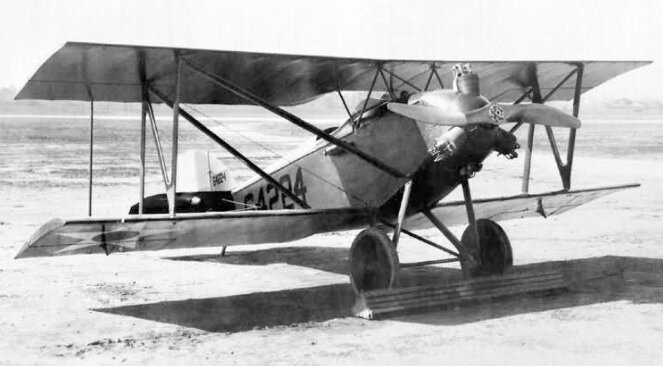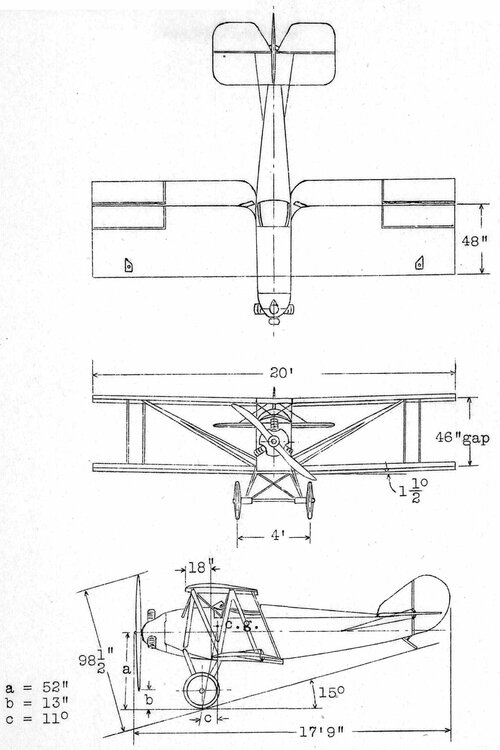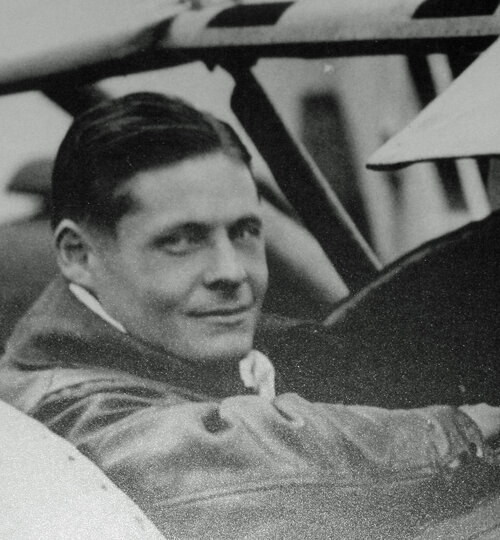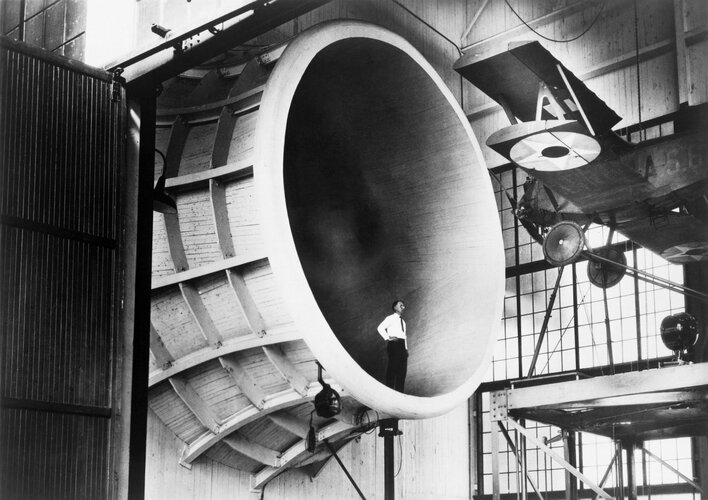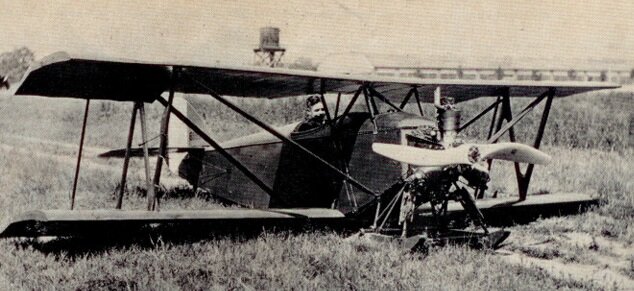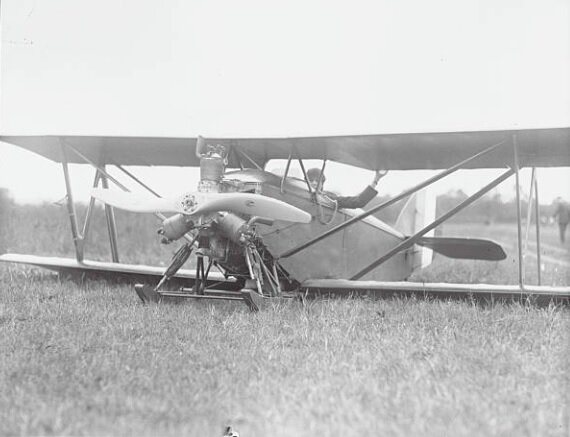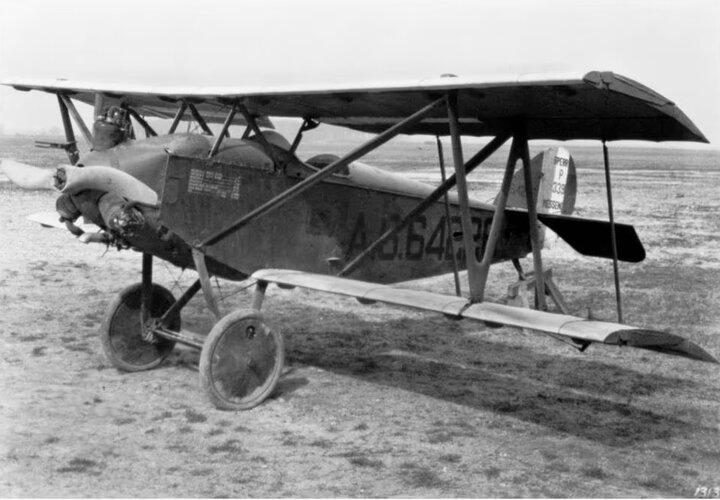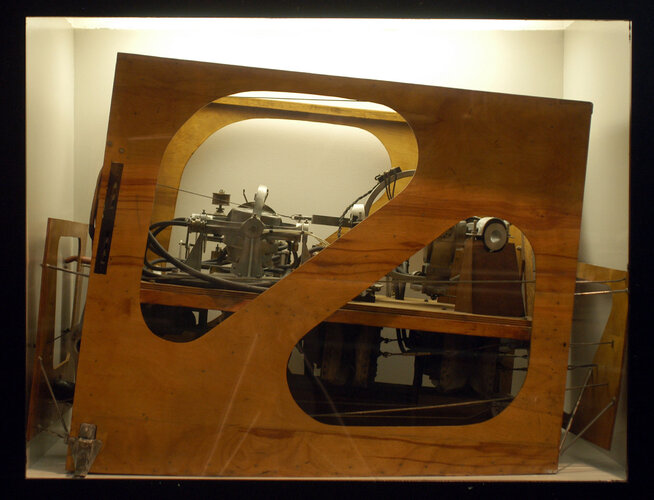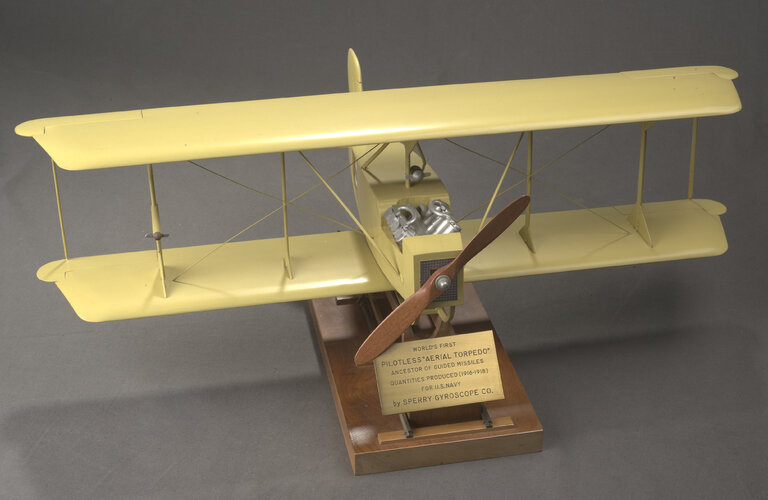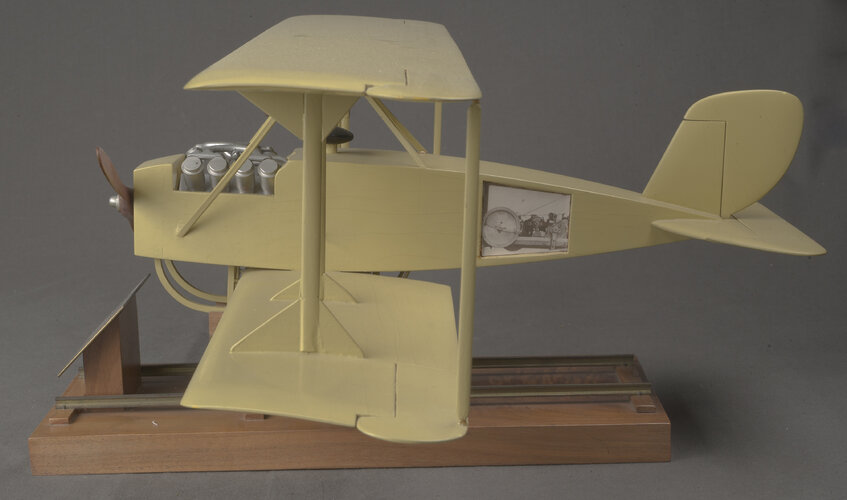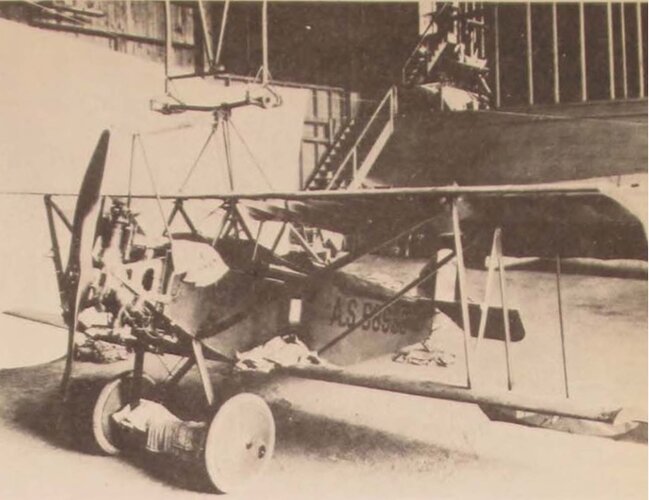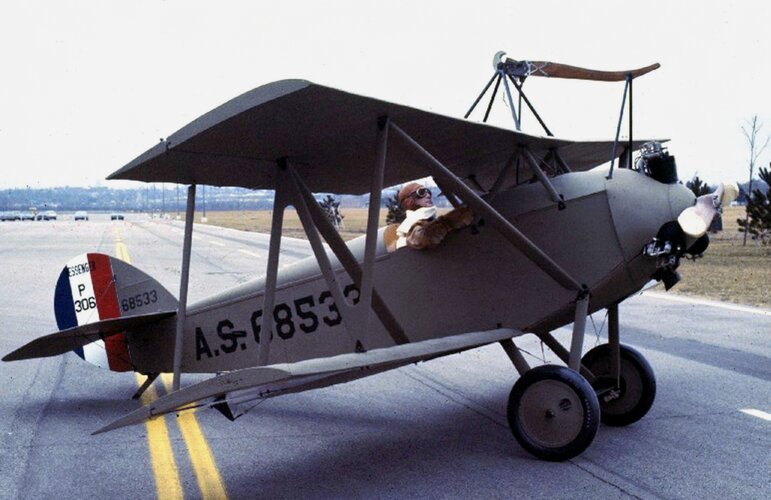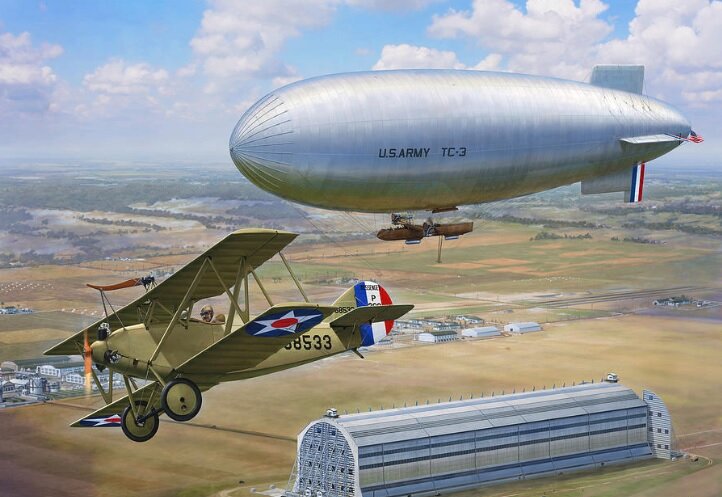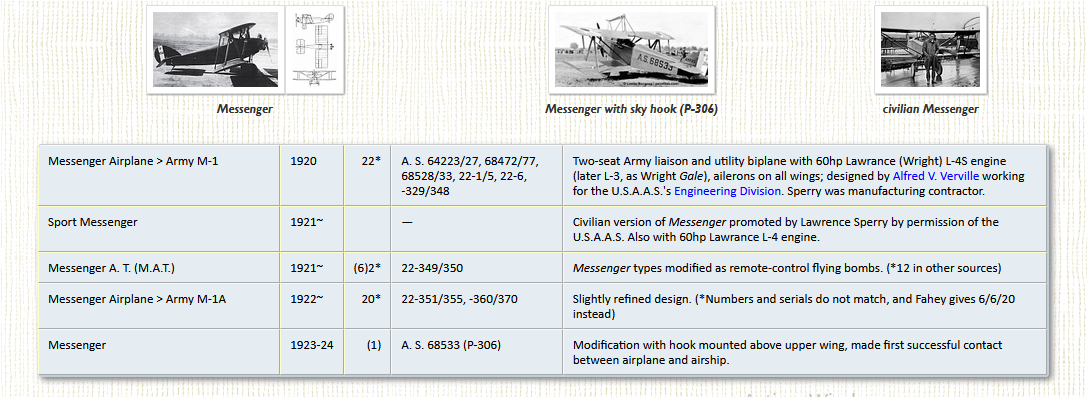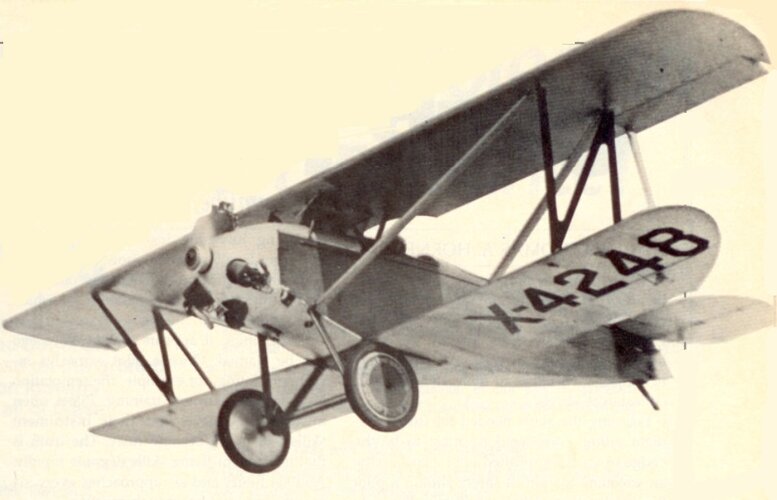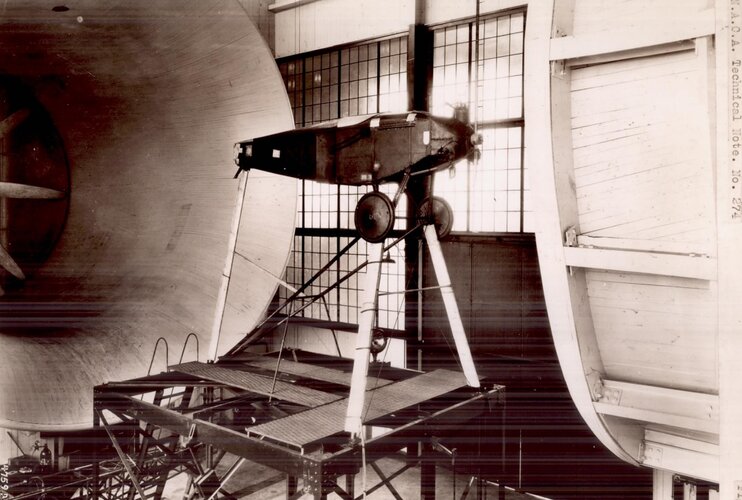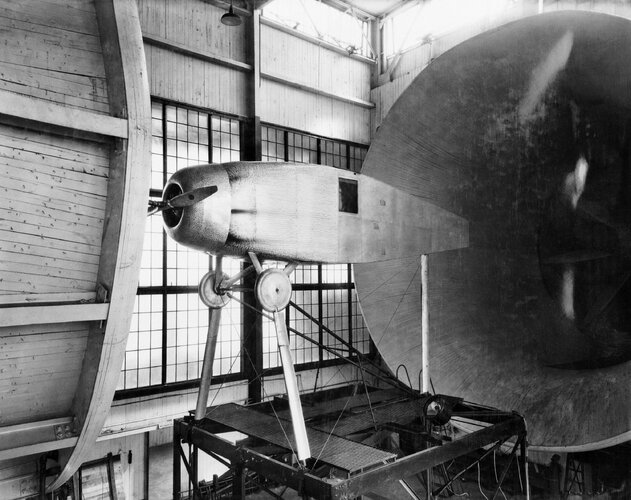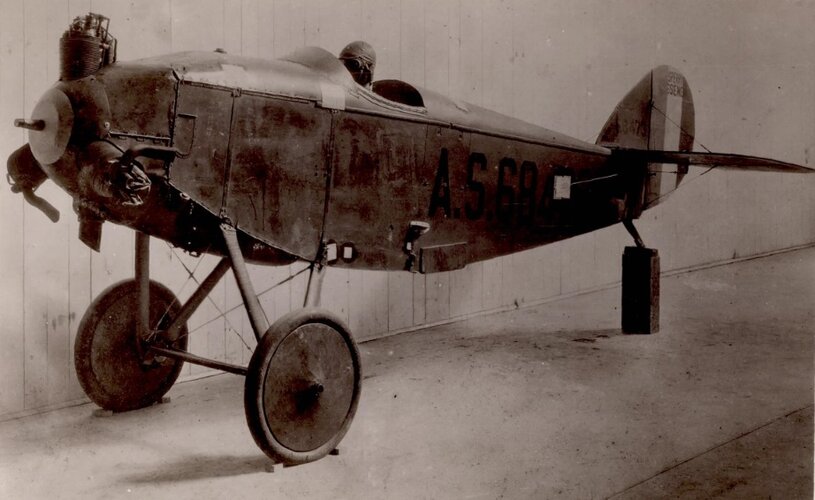- Joined
- 29 July 2009
- Messages
- 1,627
- Reaction score
- 1,942
Looking into the Verville-Sperry M-1 Messenger, the aircraft has had an interesting history having been used as an early aeronautical testbed aircraft for pioneering various technologies and concepts. I thought a dedicated thread to this little remarkable aircraft would be of interest to some as it made a relatively big impact on aviation for its size. Achievements in the area of variable cambered wings, radio controlled 'aerial torpedo's', airship-airplane docking, detachable landing gear, and other events that used the M-1 Messenger to be discussed.
The designer of the M-1 Messenger was Alfred V. Verville, who initially worked in the automotive industry and then as a draftsman for Curtiss Aeroplane Company, Aeromarine Plane & Motor Company, Thomas-Morse Airplane Company and the General Aeroplane Company, where he developed his first design, the Verville Flying Boat. Verville then moved on to the Fisher Body company that had a contract to build DeHavilland DH-4s in Detroit, MI.
When the US entered WWI, Verville went to work as a civilian at McCook Field, OH and designed the Pulitzer Speed Classic Trophy winning aircraft the Verville-Packard R-1. After the war in 1919, General Billy Mitchell sought a design for a battlefield messenger aircraft that would replace the motorcycle. It needed to be lightweight, simple construction, and rugged enough to land on roadways and unimproved fields. The design was contracted to the Sperry Aircraft Company led by Lawrence Sperry, the son of inventor Elmer Sperry, the inventor of the auto-pilot. The result was the Air Service Engineering Division's M-1 Messenger, 22-1 McCook P-373.
The designer of the M-1 Messenger was Alfred V. Verville, who initially worked in the automotive industry and then as a draftsman for Curtiss Aeroplane Company, Aeromarine Plane & Motor Company, Thomas-Morse Airplane Company and the General Aeroplane Company, where he developed his first design, the Verville Flying Boat. Verville then moved on to the Fisher Body company that had a contract to build DeHavilland DH-4s in Detroit, MI.
When the US entered WWI, Verville went to work as a civilian at McCook Field, OH and designed the Pulitzer Speed Classic Trophy winning aircraft the Verville-Packard R-1. After the war in 1919, General Billy Mitchell sought a design for a battlefield messenger aircraft that would replace the motorcycle. It needed to be lightweight, simple construction, and rugged enough to land on roadways and unimproved fields. The design was contracted to the Sperry Aircraft Company led by Lawrence Sperry, the son of inventor Elmer Sperry, the inventor of the auto-pilot. The result was the Air Service Engineering Division's M-1 Messenger, 22-1 McCook P-373.
Attachments
Last edited:

